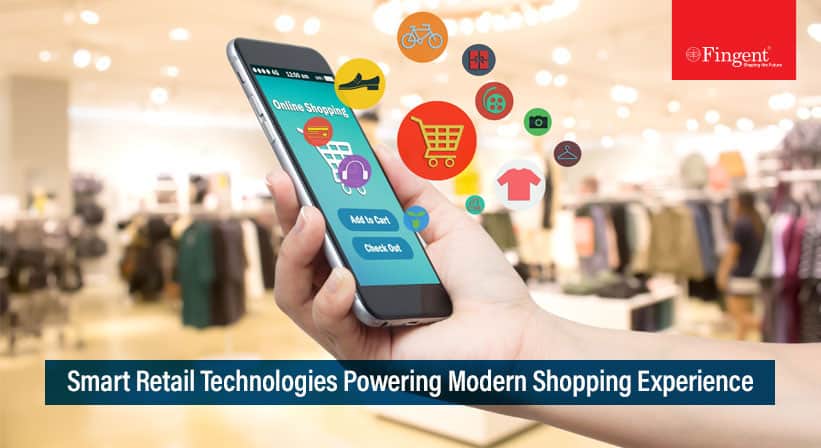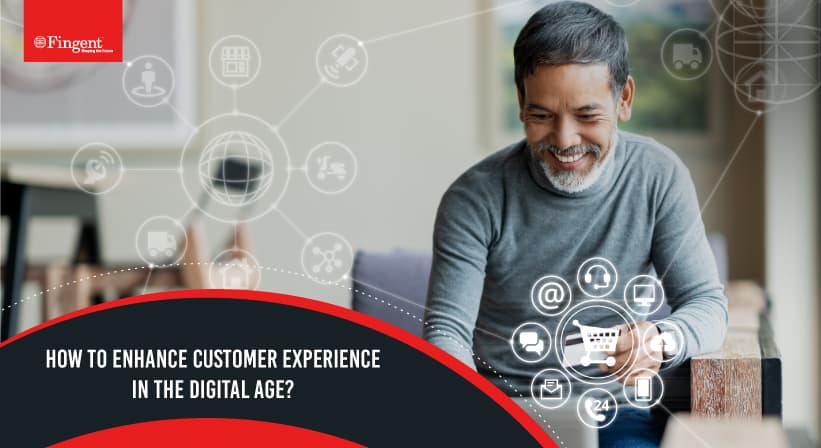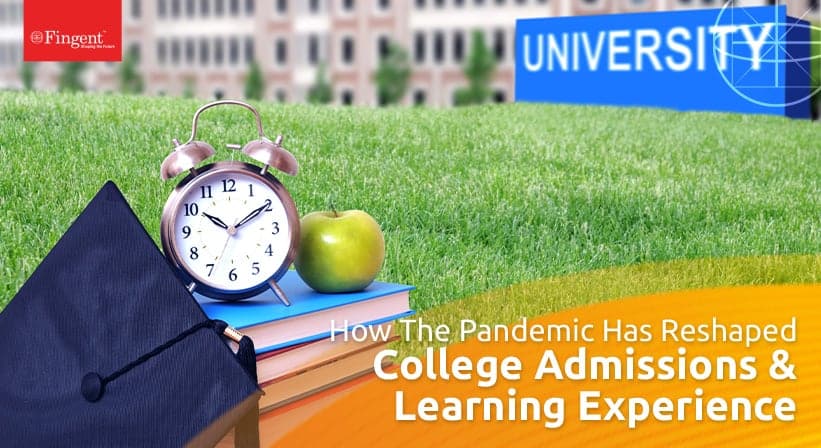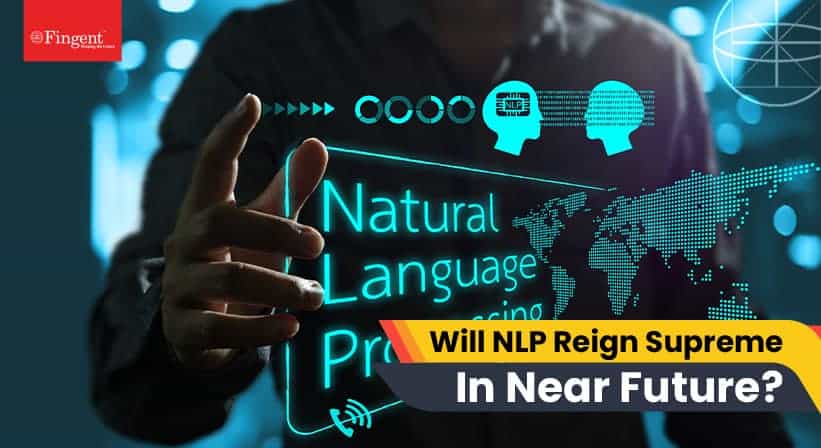Innovative Ways To Leverage Patient-Generated Health Data
Patient-Generated Health Data – A Powerful Tool To Enhance Healthcare
Remember a time when patients would queue up in line with a big dossier in hand, waiting for their time to be examined by the doctor? Lengthy queues, paper-heavy records to be maintained, time wasted as doctors reacquaint themselves with the patient’s entire history – no more of all of that. Today, a patient wants to be involved in his care and he doesn’t want to be waiting around wasting precious time. With innovative health technologies, patient-generated health data is making that possible by enabling patient-centered, citizen-engaging care.
Let us consider how improving patient care through technology is possible. We will also see how the use of information technology in healthcare is allowing the healthcare industry to deal with patients as valued customers, improving their experience. But, first of all, what is patient-generated health data?
Patient-Generated Health Data
Any valuable information a patient can garner about their health status is referred to as Patient-Generated Health Data [PGHD]. PGHD is much more than just a person’s health history with information on his symptoms, medication and treatment information. It also includes his biometric data, as well as information about his lifestyle choices. These records will provide a clearer picture of a patient’s actual health status, better than the patient can describe in his own words.
The use of information technology in healthcare is making it possible for healthcare providers to understand their patients better and in making better medical decisions. It also aids patients in receiving an increased understanding of their health condition. The importance of health information technology in healthcare today cannot be over-emphasized.
How Does The Use Of Information Technology In Healthcare Help Healthcare Organizations?
Patient-generated health data can improve the quality of patient care. When integrated into clinical care, patient-generated health data enhance shared decision making and patient engagement. The use of information technology in healthcare can provide an assessment of the patient’s symptoms and well-being, preferences and values, and goals for healthcare. Here are a few specific benefits of the use of IT in healthcare:
1. Improves nurse-patient relationship
Low health literacy can strain the nurse-patient relationship. When a patient comes to appointments armed with their health research, the nurse-patient relationship improves.
2. Clinical benefits
PGHD plays an important role in assessing a person’s health and monitoring treatment effects. It connects patients and healthcare providers during a care encounter. PGHD can be used to monitor a person’s overall health and allows healthcare professionals to detect potential health dangers.
3. High-risk patients
Keeping a track of PGHD helps providers identify and treat high-risk patients at the earliest. Leveraging PGHD proves extremely valuable in chronic and acute care.
4. Patient engagement
Patients have ownership over their data and control on how and when that data is shared with their care team. They are empowered to contribute to their care and can share insights. It improves communication and contributes to shared decision-making.
5. PGHD provides independence to seniors
PGHD can be used in assisted living to mitigate the risk of falls. It gives confidence to the elderly for independent living and it improves adherence to complex medication plans. PGHD also alerts healthcare providers when required, avoiding the need for expensive assisted living facilities and nursing homes.
Fingent Technologies worked with NovitaCare, an early-stage healthcare startup, in setting up an online platform to enable easy administration, streamlined workflow for many healthcare services and HIPPA compliance. Improving patient and caregiver interactions, eliminating waste, enhancing accountability, and raising the quality of care were the main accomplishments of this tool.
Related Reading: Read more about the case study here.
Innovative Health Technologies To Help The Patient
Innovations in health technologies go beyond just PGHD. It includes various devices and systems designed to streamline healthcare operations, lower the costs and enhance the quality of care. Among the most promising healthcare technologies are Artificial intelligence (AI), virtual reality, chat-bots and so on. Let us consider a few.
1. Artificial Intelligence
Artificial intelligence with machine learning is proving to be essential for healthcare organizations. It is capable of reducing the risk of preventable medical situations in three ways.
-
- Reminders: It can provide automated reminders to help a patient, reminding him to take his medication within a certain time-frame.
- Identify and alert: It helps to identify potentially dangerous situations and triggers alerts for the medical staff making timely medical intervention possible.
- Personalized dosage: Dosage recommendations are made depending on each patient’s body chemistry while considering environmental factors.
2. Blockchain in Healthcare
Blockchain can create and maintain a transparent and tamper-proof transaction ledger. This technology could change the way huge healthcare sectors operate. Personal data collected in blockchain remains with the patient instead of being stored on servers, thus enhancing confidentiality.
3. Voice Search
According to research, 46% of Americans use voice-assistance on their mobile devices. The figures are not much different for the rest of the world. We can expect that soon many more would be inclined to search for health-related information using voice search. Since it is increasingly used, the healthcare industry is also making good use of voice search. This technology would be helpful to both patients and caregivers who try to locate hospitals or clinics either near their homes or offices.
4. Chatbots
Chatbots in healthcare provide various benefits. They assist with medication management, first-aid or in emergencies. Chatbots offer a personalized service to patients and caregivers.
5. Virtual Reality in Healthcare
Patients are often anxious about hospital stays and procedures. Virtual reality helps calm their nerves and improve the patient experience.
6. mHealth Apps
Mobile applications provide patients with control over the options available to him. These apps can assist in making an appointment, uploading medical history or even checking into a hospital for medical care. Mobile apps ease the load of the non-medical staff at hospitals and reduce the patient’s waiting period thus reducing operational costs considerably.
An online platform Encourage was developed to empower patients with information related to their healthcare and educational material about procedures and illnesses. The tool further helps doctors keep track of a patient’s progress, assign tasks, reminders and care plans for the patient. It also gives patients the ability to include people as their caretaker and manage their engagement with them and the doctors through a rewards system and more.
Related Reading: Read more about the case of simplifies patient care here.
What is the Future of PGHD?
With no signs of slowing down, it is estimated that in a couple of years AI is expected to grow annually at the rate of 48%. Other technologies along with mobile apps help in communicating with patients even after they leave the healthcare facility. With such promising technologies, patient-generated health data will surely benefit patients and caregivers and aid healthcare organizations to provide better care.
Yes, the partnership of healthcare organizations with technology is a match that brings out the best in each other. We can confidently look forward to this relationship growing and maturing in the days to come. To empower your healthcare organization with the budding technologies, get in touch with our experts now!
Stay up to date on what's new

Recommended Posts

24 Oct 2023 Retail B2B
Explore Innovative Business Possibilities with Smart Retail Technologies
Our digital era is a whirlwind of change, with technology driving transformation at breakneck speed. It's not just about adopting new gadgets; it's about recognizing technology's influence on consumer interactions.……

24 Oct 2022 B2B
Providing Seamless Customer Experience with Technology
Customer Experience – Two words that could make or break your business. Today, customers expect businesses to provide nothing short of an excellent customer experience whenever and however they shop.……

03 Mar 2022 Education
The Rapidly Evolving College Admission and Learning Experiences!
Educational institutions were among the most impacted aspects of society when the coronavirus unleashed its hold on the world. Over the course of 18 months schools, colleges, and universities all……

23 Feb 2022 B2B
Understanding NLP: Will It Reign Supreme In The Next Decade?
“The human language, as precise as it is with its thousands of words, can still be so wonderfully vague.” – Garth Stein, American author. Human language is unique and complex.……
Featured Blogs
Stay up to date on
what's new










